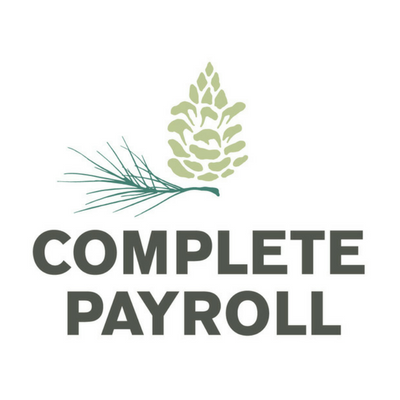One of the most unpleasant things you’ll ever have to do as a manager or HR professional is terminate someone’s employment due to poor performance.
Sometimes an employee is not a good fit for your company, and steps need to be taken to either clarify how they can improve their performance, or sever your relationship with them permanently.
If you’re in a position where an employee’s performance isn’t cutting it, here are some things you need to know and some actions you can take to help your employee improve or part ways amicably.
Steps to Take Before Termination
While it may be tempting to immediately terminate an employee for poor performance, it is important to follow professional and thoughtful steps beforehand. Not only will this approach assist you in the event of any legal action, but it will also allow the employee a fair chance for improvement and growth.
Some of the steps to take before terminating your employee for poor performance include:
1. Communicate Expectations
Most positions have job descriptions attached to them. If an employee is performing below expectations, make sure they are clear on what those expectations are before jumping to a termination right away.
However, don’t just assume they are completely clear on what they are supposed to be doing. That may mean meeting with them and reviewing the expectations laid out by their job description or other measures you use to measure performance.
2. See Your Employee as Coachable
Providing constructive feedback is crucial for employees, particularly those who are not meeting performance expectations. As a manager or HR professional, you can act as a coach and offer strategies for success or targeted feedback on areas that need improvement. This approach can help employees grow and excel in their role.
3. Create a Performance Improvement Plan
If clear communication and coaching haven’t affected the employee’s performance, it might be time to initiate an official performance improvement plan. This plan should explain specific areas for improvement and give particular goals for the employee to achieve to help with their performance.
4. Document, Document, Document
Performance issues can get sticky and sometimes contentious. To protect your business, it’s essential to ensure you are carefully and clearly documenting all steps taken to give the employee opportunities and tools to improve. The better the paper trail you create, the harder it will be to contest the decision to part ways with the employee.
When Termination is Needed
Even with all the above interventions, there may be circumstances that call for the termination of the employee. If this is the case, there are a few things you can do to keep the distasteful task professional and dignified for all parties involved.
Firstly, you need to remember that terminating an employee for poor performance is difficult but sometimes necessary. A poorly performing employee that does not show improvement can tank all the hard work of the team they’re on, the department they’re part of, and morale in general.
That said, here’s what you can do to make the task go as smoothly as possible:
1. Prepare Your Documentation
You want to come to the table with all the documentation that tracks the interventions and tools provided to the employee to give them a chance to improve. Your documentation should also include all paperwork needed for termination as laid out by your company’s policies.
These could include information about COBRA, severance details, and a checklist of items the employee will need to return, such as keys or electronics. Being prepared is crucial for a well-organized meeting with low tensions.
2. Schedule the Meeting
It might be tempting to schedule the meeting for after work on a Friday to put it off as long as possible. It may be equally as tempting to give the news via email or text. However, it’s only fair to hold the meeting as soon as possible, even if it's during working hours.
Hold the meeting privately and explain all the procedures clearly and carefully. Afterward, escort them off the premises quickly and quietly. This ensures they can leave the building with their dignity intact.
3. Keep the Meeting Brief and Professional
During the meeting, you may be tempted to apologize for the actions being taken, but there is no need to do so. No fault lies on you or the company. Keep the meeting short and sweet. Inform them right away why you have called the meeting and the action that has been taken.
Finally, don’t elaborate beyond the point of the meeting. That means don’t discuss the personal characteristics of the employee or compare them to other employees with which you work.
4. Don’t Go It Alone
A meeting like this can make tensions run high. The employee will most likely have a negative reaction to their termination, but keeping it short, simple, and clear will hopefully not indulge a negative reaction that is inappropriate or dangerous.
If you suspect the employee may not be able to control their emotions or actions during this meeting, don’t be afraid to alert security that you may need support. You can also invite another HR professional to join you for the meeting to help you de-escalate any hostility or extremely negative reactions.
Terminating an employee is never going to be an HR professional’s idea of a good time. However, for the sake of the entire team and the company as a whole, sometimes it needs to be done so you can bring in someone better suited for the job. With these tips in mind, you’ll be able to face terminating someone with a little more confidence in a way that will help you and the employee maintain your dignity.
Just as you shouldn’t go it alone when handling termination, don’t go it alone when navigating everything related to payroll and HR. Complete Payroll is in your corner to help with all aspects of running the inner workings of your business. Check out our blog today for a complete list of all of our articles to help you in the realm of Human Resources.


















 Get Instant Blog Notifications
Get Instant Blog Notifications

